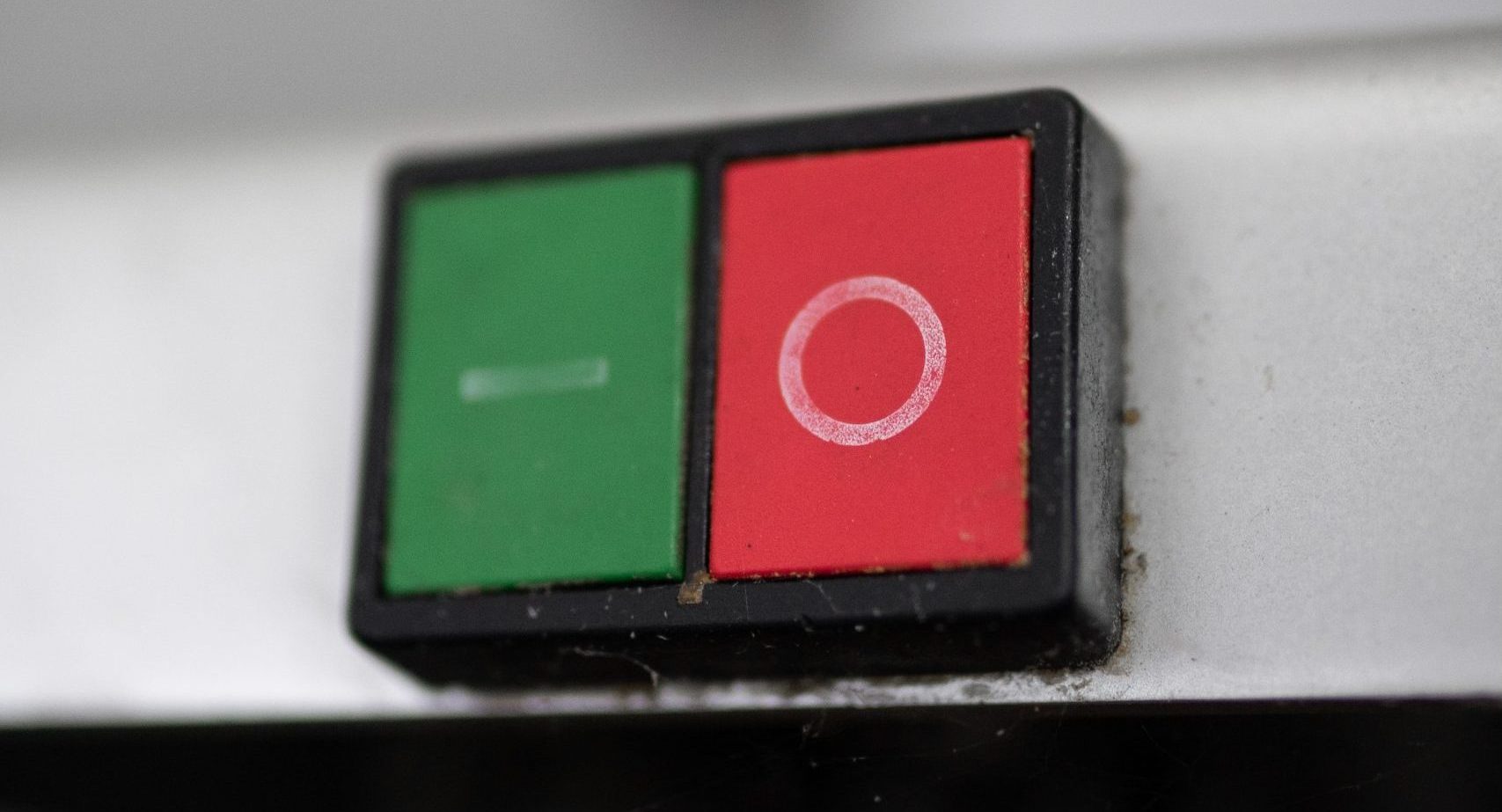Operation Midnight Climax

From the mid-1950s to the early 1960s, enjoying the services of a sex worker in San Francisco was an incredibly dangerous thing to do. In addition to the ordinary risks, there was also a good chance that patrons would be lured back to a bordello kitted out with microphones and made to do LSD; not knowing that the CIA were keenly watching to see what impact the drugs would have.
The Monster Study

In the 1930s, Wendell Johnson found 22 orphan children, 12 who had speech problems and 12 who did not. The children were mixed up and split into two groups, with half being praised for speaking well and the other half being berated for their stutters, whether they had them or not. After six months, the kids in the negative group who didn’t originally have speech problems had all developed them.
Milgram Experiment

The 1961 Milgram experiment was designed to determine how people could commit atrocities under orders. In it, each participant took on the role of “Teacher” and was instructed to press a button when the “student” (who was actually an actor) answered a question wrong. Despite being told the button would give the student an increasingly-intense electric shock, every teacher pressed the button enough times to kill the student.
The Aversion Project

In the mid-60s in South Africa, experiments were undertaken that claimed to be able to cure men of homosexual urges. During the experiments, participants were shown images of other men and encouraged to fantasise about them, before being suddenly given an extended electric shock. Though these experiments initially claimed success, they were eventually shut down, and surviving participants have been open about their subsequent trauma.
Stanford Prison Experiment

In 1971, Stanford University psychology professor Philip Zimbardo tried to explore why abuses of power in prisons were so rampant. He set up a mock prison, staffed by student volunteers, and brought in other volunteers to play the prisoners. Though Zimbardo expected the “prisoners” to quickly feel real powerfulness, the “prison guards” quickly became sadistic, stripping the prisoners, forcing them to sleep on concrete floors and even locking them in cupboards.
The Third Wave

History teacher Ron Jones didn’t try to conduct an experiment, he just wanted to answer the question “How could the Holocaust happen?” for his students. To illustrate how quickly a large group could be swept into fear and hysteria, he appointed himself as an authoritarian leader. However, the students quickly developed salutes, began informing on each other and even intimidated other classmates, all by themselves.
Learned Helplessness

Learned helplessness is a heartbreaking phenomenon in which a creature under duress loses the ability to fight back. Martin Saligman explored this concept by placing a dog in a box divided into two and shocking it unless it jumped the divide to escape. The dog was then shocked in a way it couldn’t escape and, once placed back in the box, it didn’t attempt to resist subsequent shocks.
The David Reimer Experiment

David Reimer’s entire adolescence was ruined by an unsuccessful psychology experiment. After experiencing genital disfigurement at just six months old, his psychologist suggest that he would live a happier life if raised as a girl and then a woman, so he was given sex reassignment surgery. However, Reimer experienced severe depression and dysphoria and identified as male from the age of 14.
Bystander Effect

The Bystander Effect is the most oxymoronic principle in psychology, positing that the more people are around to help in dire situations, the more likely they are to sit idly by. To test this, participants were placed alone in a room slowly filling with smoke, then placed in the same room in a group. Alone, the participants immediately called for help, whereas the group took much longer.
The Eye Experiment

Even the most rudimentary classroom demonstrations can turn high-stakes accidentally. When elementary school teacher Jane Elliott told students that blue-eyed children were less smart than brown-eyed children, she was just trying to teach about discrimination. Instead, the brown-eyed students became insular, began bullying blue-eyed students and even achieved better academic results than their blue-eyed peers.